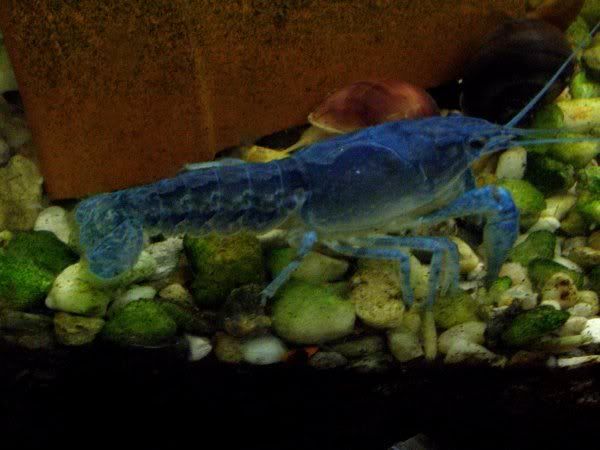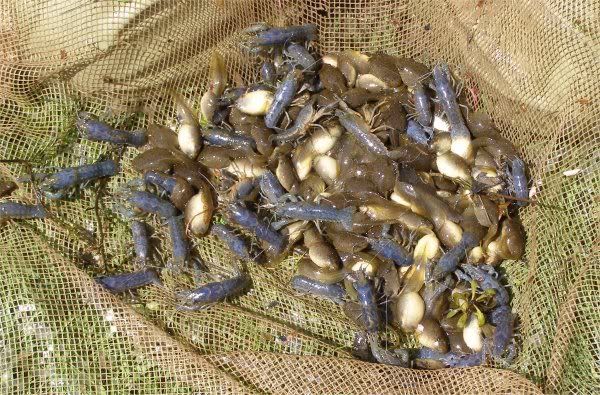OK, I'm not suggesting that anyone do anything like I'm going to describe, but I built one of these a few years ago, as a beverage cooler. Until I attached an adjustable thermostat I would freeze drinks with it. Kind of hard to open a bulged can of frozen soda!
If you're familiar with computer mods (yes, I'm letting my Geek show

, I guess it comes from being a database programmer), similar results can also be achieved with this
convoluted method;
Parts:
a fair sized copper radiator (heat exchanger, more can be used in parallel)
a computer PSU (wired to run while not connected to a motherboard
two peltiers attached with thermol epoxy to ...
a copper cpu cooling unit
2 heatsink/fan combos
thermol epoxy
silicone sealant
An Igloo type cooler
a small water pump
antifreeze
a medium sized drink thermos (coolant reservoir)
pipe insulation that matches the OD of the tubing.
Optional parts,
a computer bay attachment with thermostat and heat sensor(s)
Here's how to build it.
Drill/melt an set of inlet & outlet hole in the Igloo cooler.
Insert a length of tube into each hole.
Epoxy the peltiers to each side of the cpu cooler (it may be difficult to find the right type). make sure that the 'cool side' of the peltiers are attached to the cooler.
Epoxy the heatsink/fans to the 'hot side' of the peltiers.
Attach the tubing on the inside of the Igloo to the copper radiator.
Attach the pump outlet to the intake tube of the cooler.
Drill/melt a hole near the bottom of the thermos and another near the top (but below the water line and threads).
Attach a tube to the thermos at the bottom outlet hole.
Attach the other end to the intake of the pump (you could also insert a flow meter at the junction to monitor the coolant flow rate).
Attach the other tube that was inserted into the Igloo cooler to the top of the thermos.
Use the silicon to seal all attachment points (of the cooler and thermos).
The whole cooling system is now plumbed, except for one of the radiator connections.
Now connect the heatsink fans computer PSU. Plug in and turn on the PSU to test the fans. Next connect the peltiers to the PSU. Again turn on the PSU and make sure that everything works. Shut off the PSU.
Now fill the Igloo with water about 3/4ths full. Fill the thermos until full.
Make sure that the radiator and the disconnected tube stay under water. Now turn on the water pump. Again make sure that the disconnected points are submerged. Check the water level of the thermos; add more water if it drops too much. Once air bubbles stop coming out of the system, turn off the water pump and attach the disconnected points.
Next seal the Igloo and thermos and turn the water pump on. Let it run for a while, check for leaks.
Once all leaks are fixed, attach pipe insulation to the tubes.
Now let it run for a hour and see how cold the water in the igloo gets. If you get too close to freezing say under 10C or 40F add antifreeze to the thermos and the igloo.
The system I built was essentially that. I'd put soda into the igloo to cool it down. To cool an aquarium, just take a water pump and run a line from the aquarium, into the Igloo, loop around the copper radiator, and back to the aquarium.
I imagine that the longer the aquarium line in the igloo is, the more efficient it will be at transferring heat/cold.



